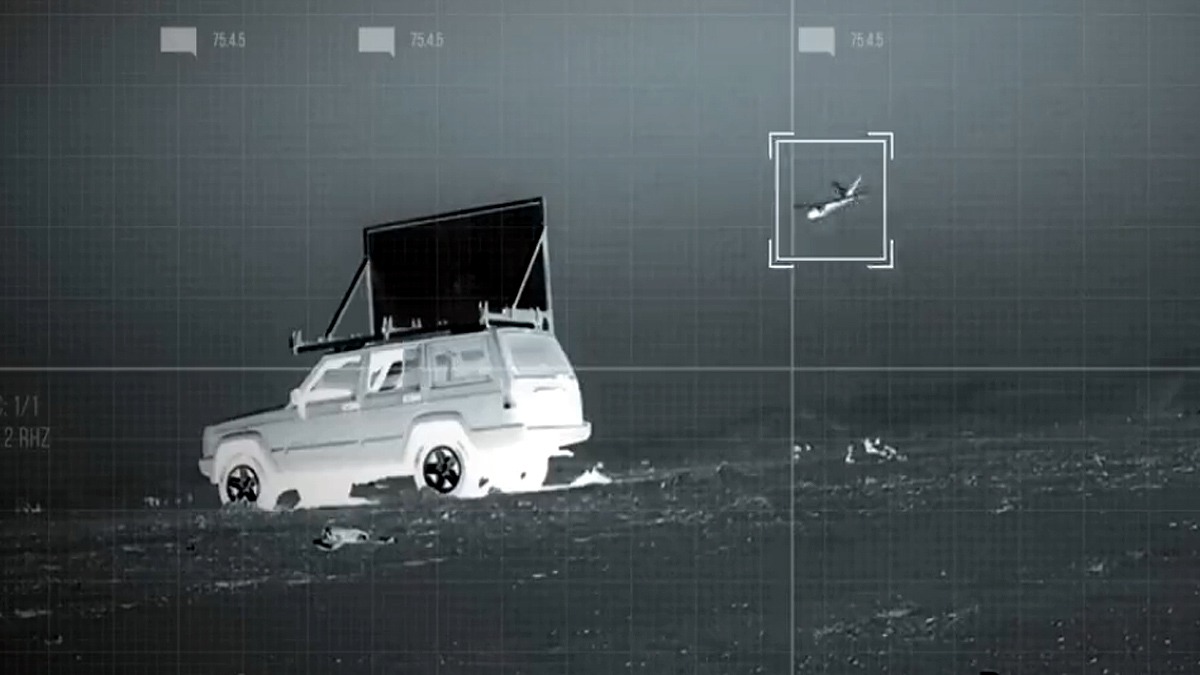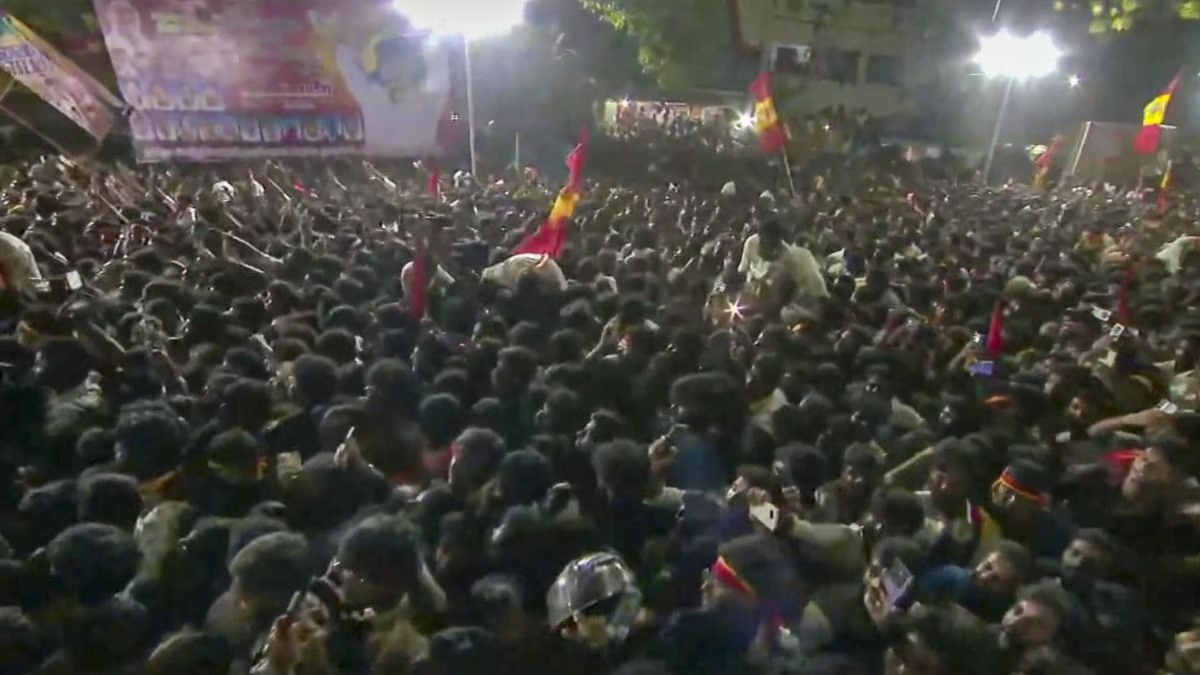The Indian Army has acquired the first squadron of the indigenous suicide drone Nagastra-1, comprising 120 units. These drones can obliterate enemy bunkers, outposts, and armaments depots. Termed as loitering munitions by the military, they serve as 'suicide drones' in common vernacular.
They are developed jointly by Economics Explosives Limited and Z Motion Autonomous Systems Private Limited, subsidiaries of the Solar Industries. In total, 450 Nagastra units are expected to be delivered to the army. The drones have been tested near the Chinese border in the Ladakh region's Nubra Valley, indicating a reduced reliance on fighter jets for future surgical strikes.
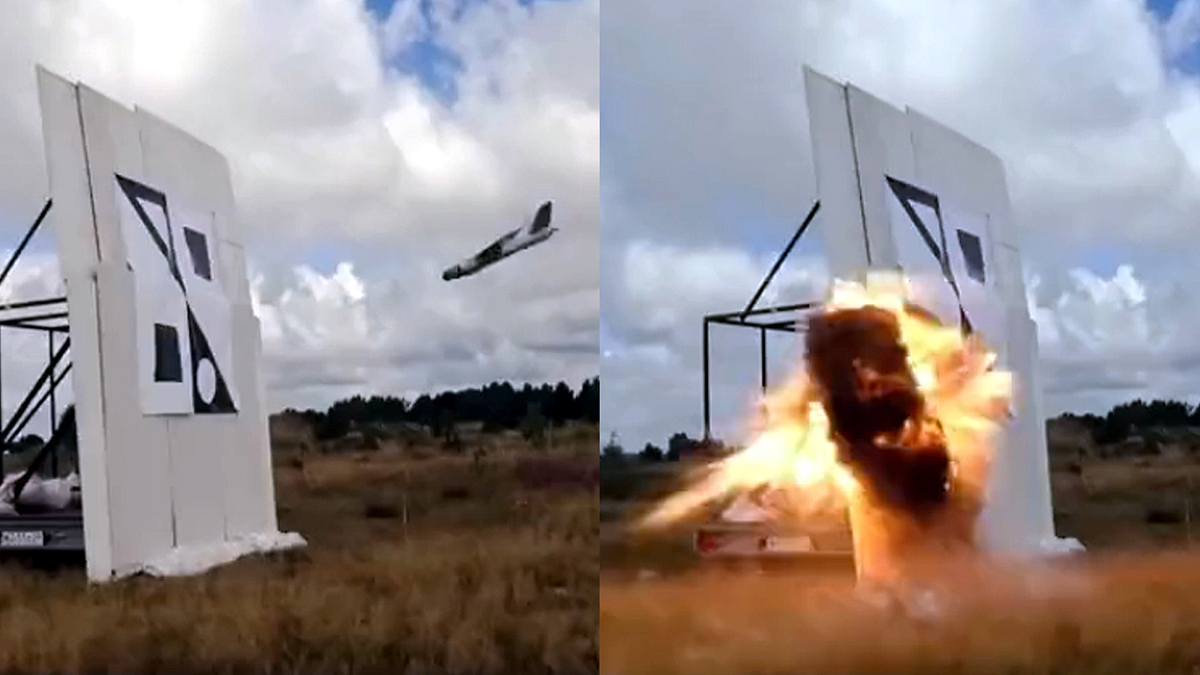
Source: aajtak
Employing low-noise, low-visibility technology, these drones can penetrate enemy lines undetected to launch attacks. The arsenal includes two variants of Nagastra, each capable of flying for 60 to 90 minutes and covering an operational range of 15 km.
Cargo range from 1 to 4 kg for weapons deployment
During trials, a man-portable loitering munition successfully carried warheads weighing from 1 to 4 kg for the first time globally. This drone can soar up to 4500 meters and deliver devastating assaults on enemy tanks, bunkers, armored vehicles, arms depots, and military groups.
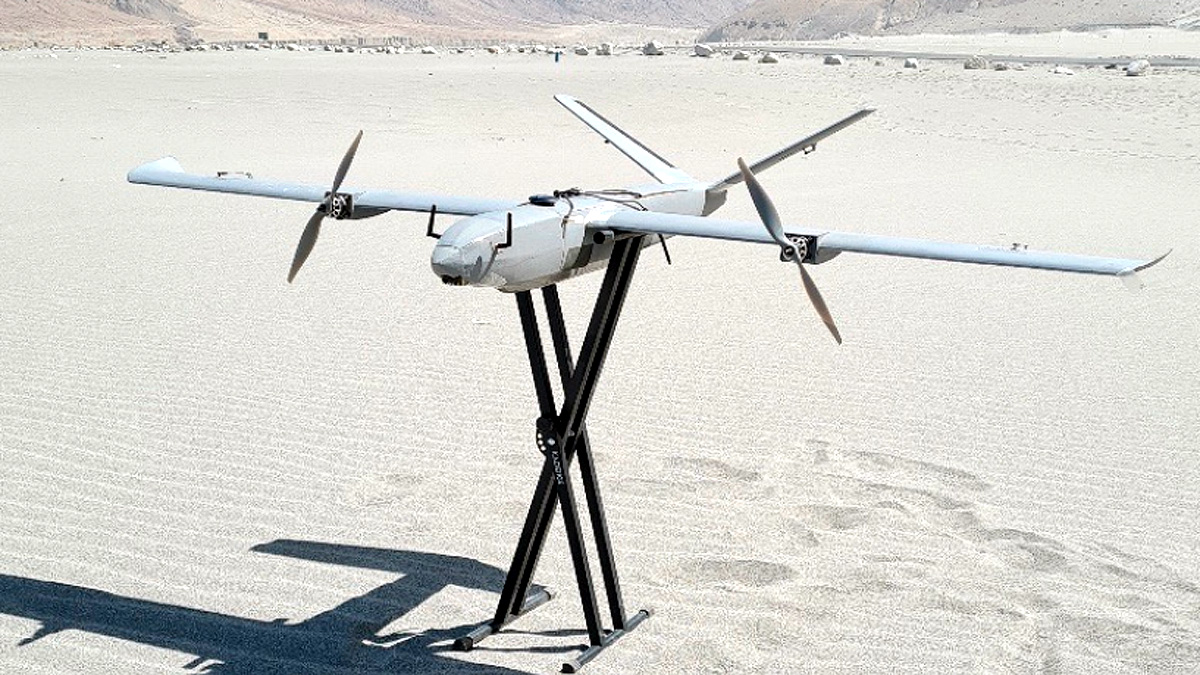
Source: aajtak
Flight capability of 60 to 90 minutes
Nagastra drones have fixed wings, can carry explosives to enemy bases, and are launched either via a tripod or manually. Weighing 6 kg, these drones can fly up to 60 minutes at a stretch, with an operational range split into two segments, including a 15 km video link range.
Real-time video production during strikes
With a GPS target range of 45 km, it supports a 1 kg warhead load capable of destroying a 20-meter radius. In addition to surveillance, it can transmit real-time videos during attacks. The other variant is man-portable, carried by two soldiers and can be equipped with up to 4 kg explosives.
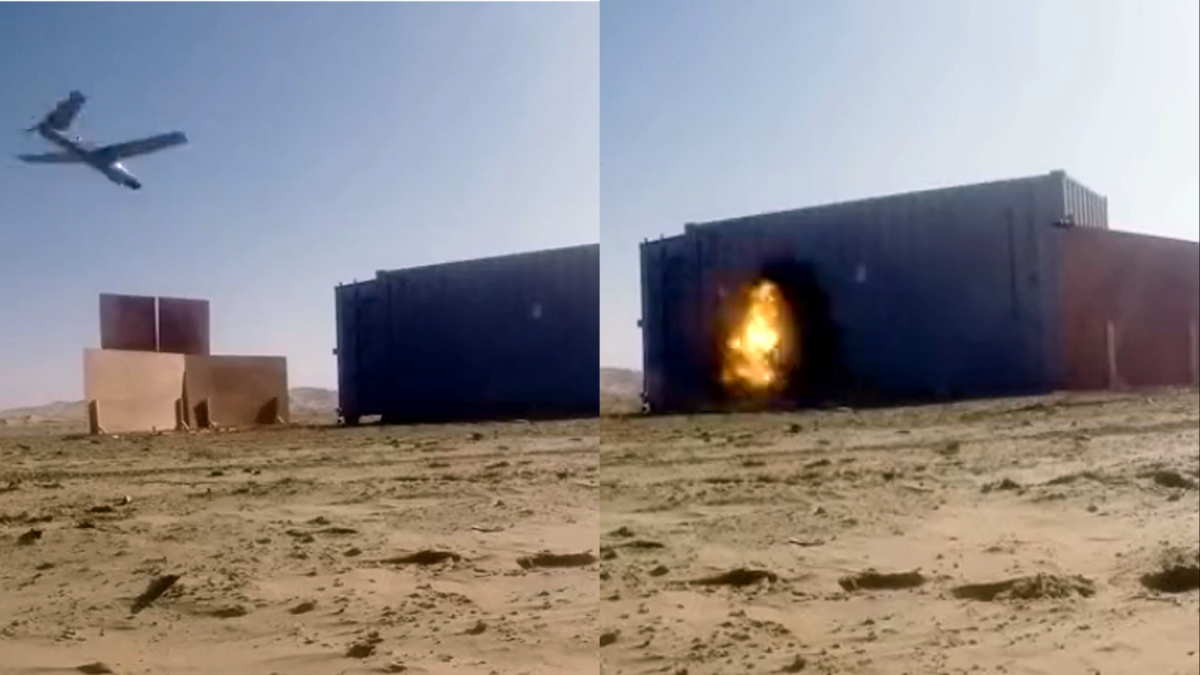
Source: aajtak
Suicide drones suitable for day and night operations
The second variant is useful for tank, armored and anti-personal strikes, launched via a portable pneumatic launcher. It includes three operating modes and dual sensors that function in both daylight and nighttime. Weighing 11 kg, it can sustain flight for up to 90 minutes with a video link range of 25 km.
More affordable than Israeli and Polish weaponry
The weapon system is roughly 40% more cost-effective than aerial arms imported from Israel and Poland. Two years ago, Solar Industries acquired a 45% equity stake in Z Motion Autonomous Systems, allowing them to manufacture unmanned aerial vehicles (UAVs).
